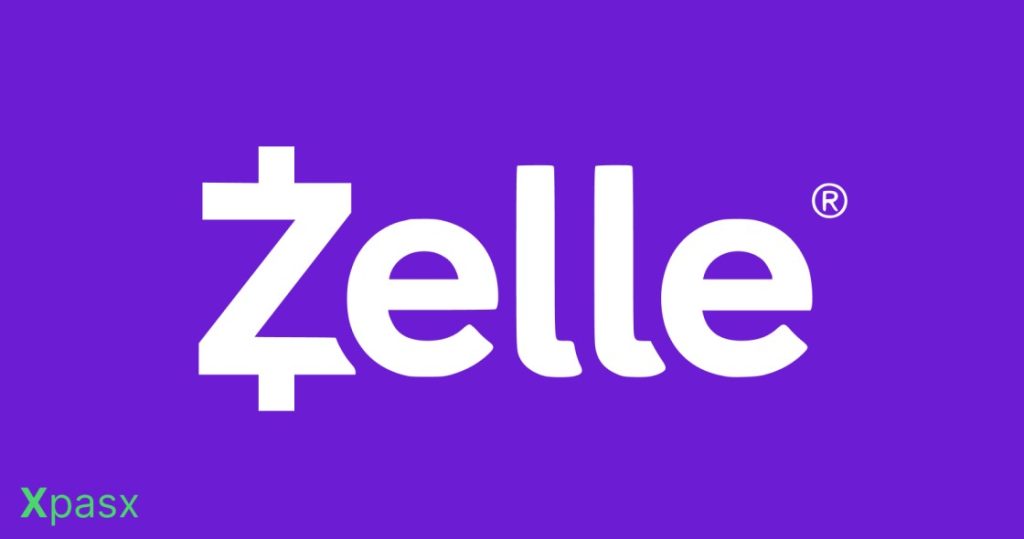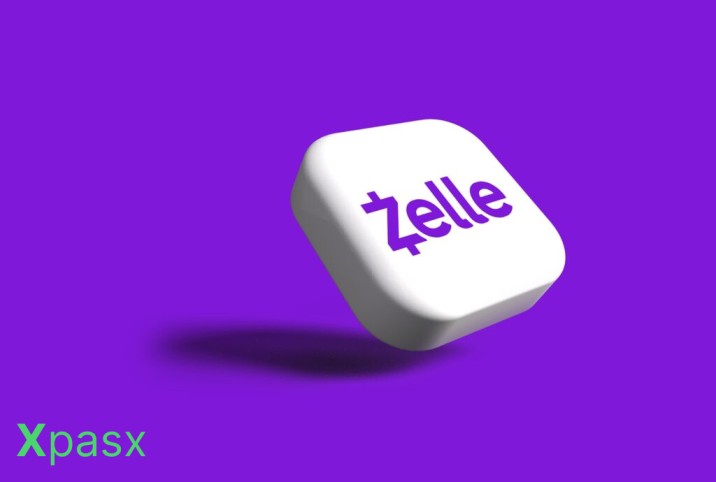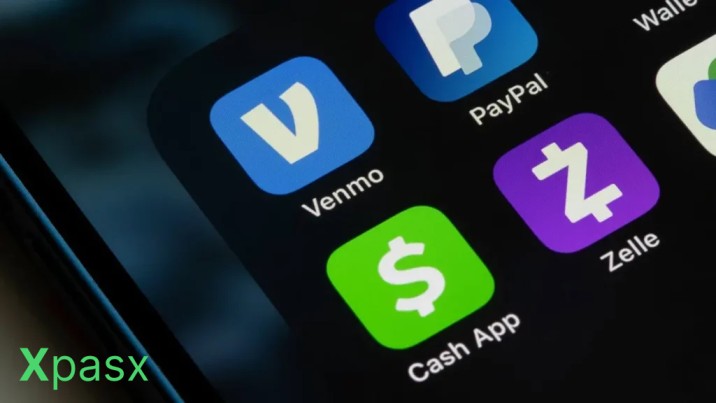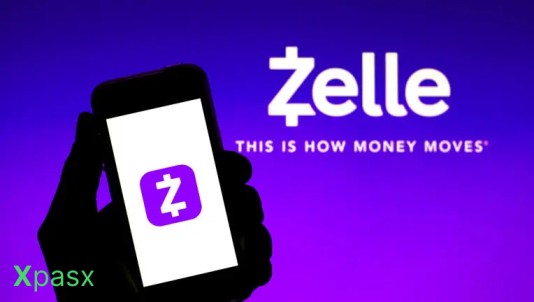Table of Contents
Zelle Money Transfer

Zelle is a digital payment network that allows users to transfer money between bank accounts quickly and securely. It’s designed for fast, person-to-person transactions, enabling users to send and receive money almost instantly. Zelle is integrated into the online and mobile banking platforms of many major U.S. banks and credit unions, providing a convenient way to transfer funds without needing cash, checks, or other payment apps.
In this article from xpasx, we will cover all there is to know about this application.
Some Key Aspects of Zelle Money Transfer
Speed:
Zelle is known for its quick transfer speed. In most cases, money sent via Zelle is available to the recipient within minutes, making it an ideal solution for time-sensitive transactions.
Bank Integration:
Zelle is built into the mobile banking apps and websites of numerous U.S. banks and credit unions. This integration allows users to send money directly from their bank accounts without needing to download a separate app.

No Fees:
Zelle does not charge users fees for sending or receiving money, making it an attractive option for personal money transfers. However, some banks may have their own fee structures, so it’s always a good idea to check with your bank.
Ease of Use:
To send money with Zelle, users typically need the recipient’s email address or mobile phone number. The recipient must be registered with Zelle to receive funds. If the recipient’s bank supports Zelle, the money is deposited directly into their bank account.
Security:
Zelle uses encryption and other security measures to protect transactions. However, it’s important to remember that Zelle transactions are often irreversible, so users should ensure they’re sending money to the correct recipient and avoid sending money to unknown parties.
Zelle is commonly used for a variety of transactions, such as paying friends, splitting bills, sending money to family, or covering shared expenses. While it’s a convenient and fast way to transfer money, users should be cautious and only use Zelle with people they trust, as the platform does not offer buyer protection or dispute resolution services.

Is Zelle Money Transfer Safe to Use?
Zelle money transfer is generally considered safe to use, provided you follow basic security practices and use the service with trusted contacts. Zelle is integrated into the mobile banking apps of many major banks and credit unions, offering a secure and convenient way to send money quickly. However, as with any financial service, there are risks to be aware of, and it’s important to use Zelle responsibly. Here are some factors that contribute to Zelle’s safety, along with considerations for safe usage:
Bank Integration:
Zelle is integrated into the existing mobile banking apps of participating banks and credit unions, which adds an additional layer of security since these institutions have strict security protocols.
Encryption:
Zelle uses encryption and other security measures to protect your data during transactions. This helps ensure that your financial information remains secure when sending or receiving money.
Speed and Irreversibility:
One of Zelle’s key features is the speed of transactions. While this is convenient, it also means that once a transfer is made, it cannot be reversed. This makes it crucial to double-check the recipient’s details and only send money to people you trust.
Fraud Risks:
Although Zelle has robust security features, there is a risk of fraud if used with unfamiliar or untrustworthy parties. Scammers might try to lure you into sending them money using Zelle, claiming to sell products or services they don’t intend to deliver.
Limited Buyer Protection:
Zelle does not offer buyer protection or dispute resolution services. If you send money to someone for a product or service and they don’t deliver, Zelle cannot help you recover the funds. This lack of protection makes it essential to use Zelle only with people or businesses you know and trust.
To use Zelle safely, always verify the recipient’s information, be cautious of unsolicited requests for money, and avoid using Zelle for transactions with strangers or for purchasing goods and services where you lack trust. If you follow these safety precautions, Zelle can be a secure and efficient way to transfer money.

Bottom Line
Zelle is a digital payment network that allows users to transfer money quickly and securely between bank accounts. It’s integrated into the mobile banking apps of many major U.S. banks and credit unions, providing a fast and convenient way to send money without needing cash, checks, or separate payment apps. Zelle is designed for person-to-person transactions, where money can be transferred within minutes, using just an email address or mobile phone number.
Zelle offers several security features, such as encryption, that help protect your data during transactions. Despite these security measures, one key consideration with Zelle is its speed and irreversibility—once a transfer is made, it can’t be reversed. This makes it crucial to double-check the recipient’s information and only send money to people or businesses you trust. Unlike other payment platforms, Zelle doesn’t offer buyer protection or dispute resolution services, meaning there’s no recourse if you send money to the wrong person or are scammed.
While Zelle is generally safe to use, there are risks associated with fraud and scams. It’s essential to be cautious when using the platform and to avoid sending money to unknown or untrustworthy parties. To use Zelle safely, ensure you’re sending money to the correct recipient, be wary of unsolicited requests for funds, and use Zelle only for transactions with people or businesses you know and trust. Overall, Zelle can be a secure and efficient way to transfer money if used responsibly and with appropriate precautions.
- If you wish to learn more visit our page on cash.